How is Childhood Hodgkin Lymphoma Detected?
As with most types of childhood cancer, there is no method of early detection for childhood Hodgkin lymphoma. Childhood Hodgkin lymphoma does cause detectable symptoms; however, the symptoms are usually general and vague, and may in fact be caused by a variety of routine childhood complaints.
Symptoms of childhood Hodgkin lymphoma may include:
- Fatigue
- Unexplained fever
- Unexplained and significantly weight loss (defined as at least 10% of body weight within 6 months of diagnosis)
- Night sweats
- Itchy skin
The most common symptom of childhood Hodgkin lymphoma is one or more swollen lymph node(s) in the neck, armpit, chest, and/or groin area. As with the other symptoms listed above, however, a swollen lymph node may—and very often does—have other causes than childhood Hodgkin lymphoma. Swollen lymph nodes are usually caused by infection because the lymph nodes are responsible for helping the body clear the blood of foreign viruses and bacteria. Swollen lymph nodes caused by infection are usually uncomfortable and painful to the touch, and can be treated with antibiotics.
If the lump caused by the swollen lymph node does not diminish over time, does not respond to antibiotics, and/or is not uncomfortable or painful, or if your child has a swollen lymph node and one or more of the symptoms noted above, your child’s pediatrician may suspect the presence of Hodgkin lymphoma and suggest additional testing.
How is Childhood Hodgkin Lymphoma Diagnosed?
Once infection has been ruled out as the cause of any swollen lymph nodes, the next step in determining whether your child has childhood Hodgkin lymphoma is to perform a biopsy on the affected lymph node tissue. A biopsy involves removing some or all of the affected tissue and examining it under a microscope to detect the presence of cancerous cells. Depending on the location of the lump, the biopsy can be performed under local anesthesia (for lumps located near the surface of the skin) or under general anesthesia (for lumps located deeper inside the abdomen or chest).
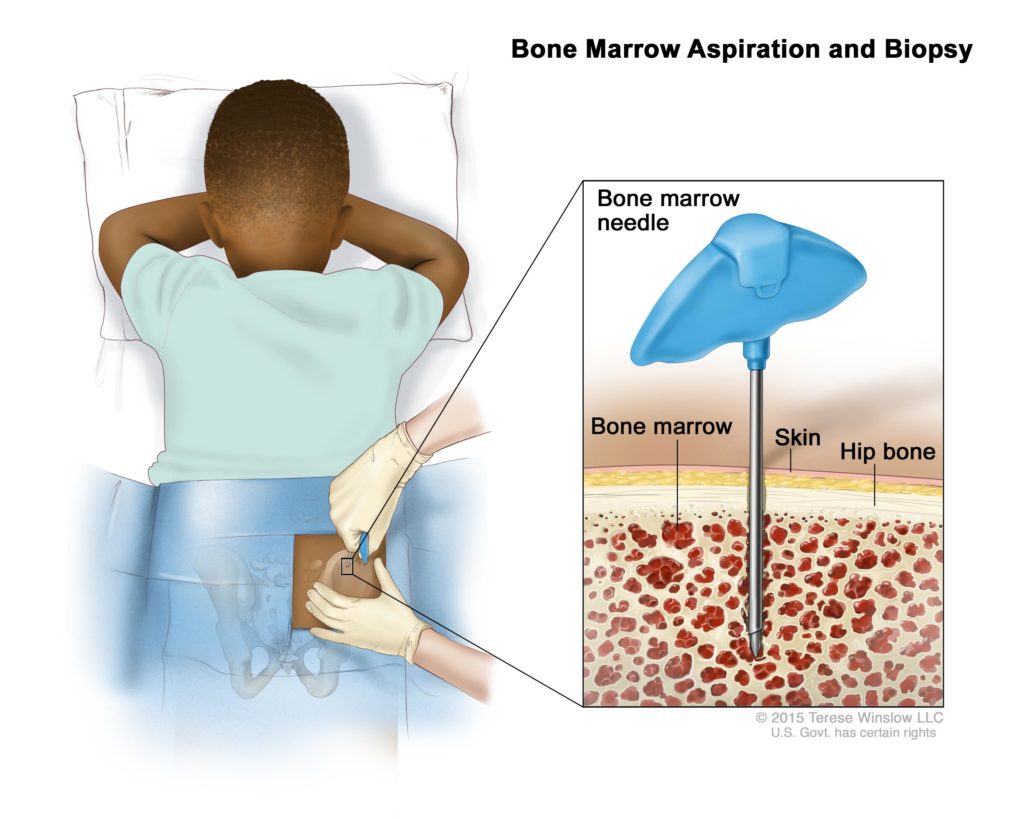 There are two different types of biopsies that can potentially be used to diagnose childhood Hodgkin lymphoma. The preferred method is an excisional or incisional biopsy, because in most cases it involves removal of enough tissue to diagnose the exact type of Hodgkin lymphoma as well to help in staging. In an excisional biopsy, the entire lymph node is removed. During an incisional biopsy, a small piece of the swollen lymph node is removed.
There are two different types of biopsies that can potentially be used to diagnose childhood Hodgkin lymphoma. The preferred method is an excisional or incisional biopsy, because in most cases it involves removal of enough tissue to diagnose the exact type of Hodgkin lymphoma as well to help in staging. In an excisional biopsy, the entire lymph node is removed. During an incisional biopsy, a small piece of the swollen lymph node is removed.
A needle biopsy is less invasive than an excisional or incisional biopsy, but is usually not preferred as it may not provide sufficient tissue for an accurate diagnosis. A fine needle aspiration biopsy utilizes an extremely small, hollow needle to remove a small amount of fluid and tissue, while a core needle biopsy uses a larger needle and removes a slightly larger amount of fluid and tissue.
Once childhood Hodgkin lymphoma has definitely been diagnosed with a biopsy, your child may have to undergo additional testing to determine the specific type of Hodgkin lymphoma and the stage of the disease (how far it has progressed). This information will help determine the recommend course of treatment. Additional tests may include:
- Bone marrow aspiration: a sample of bone marrow is removed from the inside of the pelvic bone (usually); in some cases, the test may involve removing a small sample of bone as well. A biopsy of the bone and/or marrow will indicate whether cancerous cells have spread to the marrow.
- Immunohistochemistry: this laboratory test determines whether certain proteins are present on the cancerous cells, in order to determine the exact type of Hodgkin lymphoma, for instance, or to diagnose non-Hodgkin lymphoma or another disease entirely.
- Imaging tests, such as chest x-ray, CT scan, and/or PET scan: While not generally used during diagnoses, imaging tests can be used to determine the stage of the disease and whether treatment is working. In some cases, imaging tests may be used to detect and/or biopsy enlarged lymph nodes not readily apparent with an easily visible lump, such as those located in the chest.
More about Childhood Hodgkin Lymphoma Cancers:
- About Childhood Hodgkin Lymphoma Cancer – Detection and Diagnosis
- Causes, Risk Factors, and Prevention of Childhood Hodgkin Lymphoma Cancer
- What are the signs and symptoms of Childhood Hodgkin Lymphoma Cancer?
- Childhood Hodgkin Lymphoma Cancer Treatment
- Childhood Hodgkin Lymphoma Cancer – Stages and Prognosis
- What is the expected life span of Childhood Hodgkin Lymphoma Cancer?
- After Treatment – Living as a Childhood Hodgkin Lymphoma Cancer Survivor
Learn More About the Different Types of Childhood Cancers:
- Childhood Brain Tumor Cancer (Brain Stem Tumors)
- Spinal Cord Tumor Cancer
- Childhood Neuroblastoma Cancers
- Childhood Hodgkin Lymphoma Cancers
- Non-Hodgkin Lymphoma Cancers
- Wilms tumor (Kidney Tumors)
- Rhabdomyosarcoma
- Retinoblastoma
- Bone cancer (including osteosarcoma and Ewing sarcoma)
- Leukemia Cancers: Acute lymphocytic (lymphoblastic) leukemia (ALL) Acute myelogenous leukemia (AML); Juvenile myelomonocytic leukemia (JMML)
- Hepatoblastoma (Liver Cancer)
- Rhabdoid Tumors
About American Childhood Cancer Organization
American Childhood Cancer Organization (ACCO) is a non-profit charity dedicated to helping kids with cancer and their families navigate the difficult journey from cancer diagnosis through survivorship. Internationally, ACCO is the sole U.S. member of Childhood Cancer International (CCI), the largest patient-support organization for childhood cancer in the world. Here in the United States, ACCO promotes the critical importance of ensuring continued funding into new and better treatment protocols for childhood cancer. And most importantly, ACCO is focused on the children: developing and providing educational tools for children fighting cancer and their families, empowering them in their understanding of childhood cancer and the medical decisions they must make during this difficult journey. All of ACCO’s resources are available free of charge for families coping with childhood cancer.
For additional information about childhood cancer or on the ACCO, or to order resources for you or your child, please visit our website at www.acco.org , call 855.858.2226 or visit:



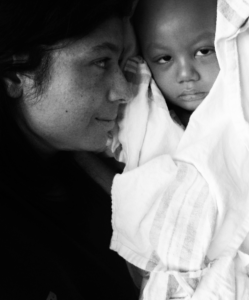 The Mother’s Day traditions of paper cards and handmade crafts will not be the current reality for all families this year. We know that an inside look into the reality of Mother’s Day may include a family celebrating a child’s successful, but excruciating cancer treatment. We also know that other scenes are filled with moms comforting a sick child in a hospital or even worse, moms shielding a broken heart in the empty silence of a house that, at one time, used to be full of chaos and noise. This unfortunate depiction is often the sad reality left in the devastating wake of childhood cancer.
The Mother’s Day traditions of paper cards and handmade crafts will not be the current reality for all families this year. We know that an inside look into the reality of Mother’s Day may include a family celebrating a child’s successful, but excruciating cancer treatment. We also know that other scenes are filled with moms comforting a sick child in a hospital or even worse, moms shielding a broken heart in the empty silence of a house that, at one time, used to be full of chaos and noise. This unfortunate depiction is often the sad reality left in the devastating wake of childhood cancer.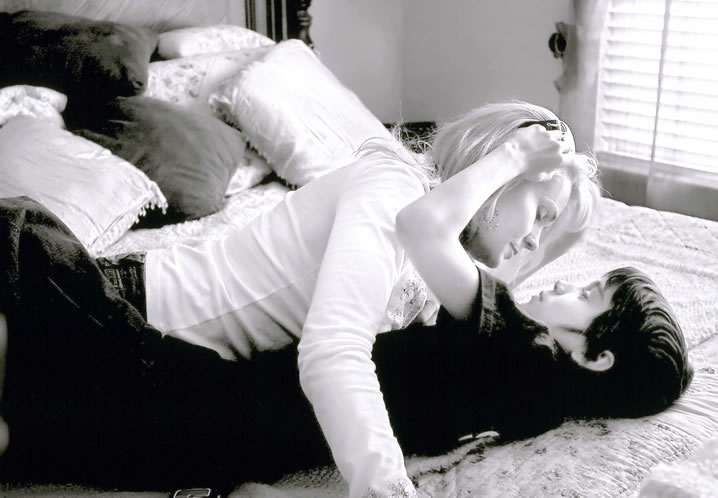
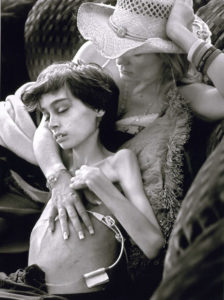 Eleven years ago, on May 11, Derek Madsen passed away after a long struggle with an aggressive type of childhood cancer, neuroblastoma, at the age of 11. That year—2006—May 11 was just a few days before Mother’s Day. On that day, Derek’s mother, Cyndie French, was forced to make the most difficult decision a mother can be asked to make: the decision to let her son go, to help Derek take his final breath. So, it seems only appropriate that we begin this special multi-part series on Derek and Cyndie honoring a very brave childhood cancer mother, eleven years after Derek passed away in the loving arms of his family.
Eleven years ago, on May 11, Derek Madsen passed away after a long struggle with an aggressive type of childhood cancer, neuroblastoma, at the age of 11. That year—2006—May 11 was just a few days before Mother’s Day. On that day, Derek’s mother, Cyndie French, was forced to make the most difficult decision a mother can be asked to make: the decision to let her son go, to help Derek take his final breath. So, it seems only appropriate that we begin this special multi-part series on Derek and Cyndie honoring a very brave childhood cancer mother, eleven years after Derek passed away in the loving arms of his family.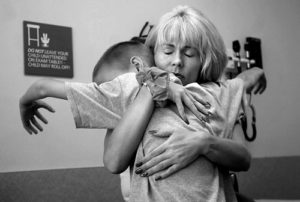 Cyndie’s goal in sharing her story exclusively with ACCO is to raise awareness about the devastating consequences of a childhood cancer diagnosis on the family. It is easy to discuss the need for greater research into finding a cure for childhood cancer but can be difficult to face the grim realities that families go through—physically, emotionally, and financially—after a cancer diagnosis. Like ACCO, Cyndie’s goal is to shine a light onto those problems, in the hope that bringing this light will also bring a solution: more financial and emotional support for families coping with a cancer diagnosis.
Cyndie’s goal in sharing her story exclusively with ACCO is to raise awareness about the devastating consequences of a childhood cancer diagnosis on the family. It is easy to discuss the need for greater research into finding a cure for childhood cancer but can be difficult to face the grim realities that families go through—physically, emotionally, and financially—after a cancer diagnosis. Like ACCO, Cyndie’s goal is to shine a light onto those problems, in the hope that bringing this light will also bring a solution: more financial and emotional support for families coping with a cancer diagnosis.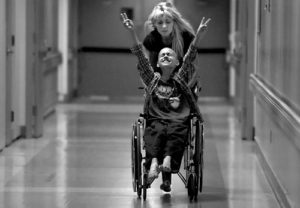 Over the next several months, ACCO will chronicle Cyndie’s story, from her own perspective. In this multi-part series, we will attempt to offer a comprehensive view into what family life is like during treatment for an aggressive and ultimately terminal case of childhood cancer. Cyndie’s story will include the financial consequences of a cancer diagnosis, the challenge of caring for siblings and maintaining a supportive family structure, the difficulty of helping her child cope with hospital stays and treatment protocols, and the gut-wrenching discussions and decisions that must be faced as treatment fails. In each segment, we will share Cyndie’s goals for helping families cope and share information about ACCO’s mission of support and assistance as well.
Over the next several months, ACCO will chronicle Cyndie’s story, from her own perspective. In this multi-part series, we will attempt to offer a comprehensive view into what family life is like during treatment for an aggressive and ultimately terminal case of childhood cancer. Cyndie’s story will include the financial consequences of a cancer diagnosis, the challenge of caring for siblings and maintaining a supportive family structure, the difficulty of helping her child cope with hospital stays and treatment protocols, and the gut-wrenching discussions and decisions that must be faced as treatment fails. In each segment, we will share Cyndie’s goals for helping families cope and share information about ACCO’s mission of support and assistance as well.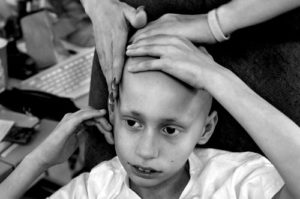 Right from the start, Cyndie would like to thank Renée for the dedication, care, and compassion that she has brought to this story. During the year of Derek’s treatment, Renée became more than simply an interested third party, she became a friend. Both Cyndie and Derek came to trust her and welcome her into their lives, even during some of life’s intimate moments. As her photos show, Derek was often angry, frustrated, and scared during his treatment, refusing help from everyone but Cyndie, yet he came to realize that Renée was there to share his story and to honestly and appropriately capture his feelings. ACCO would like to thank Ms. Byers for allowing us to incorporate these amazing photos into our series on Cyndie and Derek.
Right from the start, Cyndie would like to thank Renée for the dedication, care, and compassion that she has brought to this story. During the year of Derek’s treatment, Renée became more than simply an interested third party, she became a friend. Both Cyndie and Derek came to trust her and welcome her into their lives, even during some of life’s intimate moments. As her photos show, Derek was often angry, frustrated, and scared during his treatment, refusing help from everyone but Cyndie, yet he came to realize that Renée was there to share his story and to honestly and appropriately capture his feelings. ACCO would like to thank Ms. Byers for allowing us to incorporate these amazing photos into our series on Cyndie and Derek.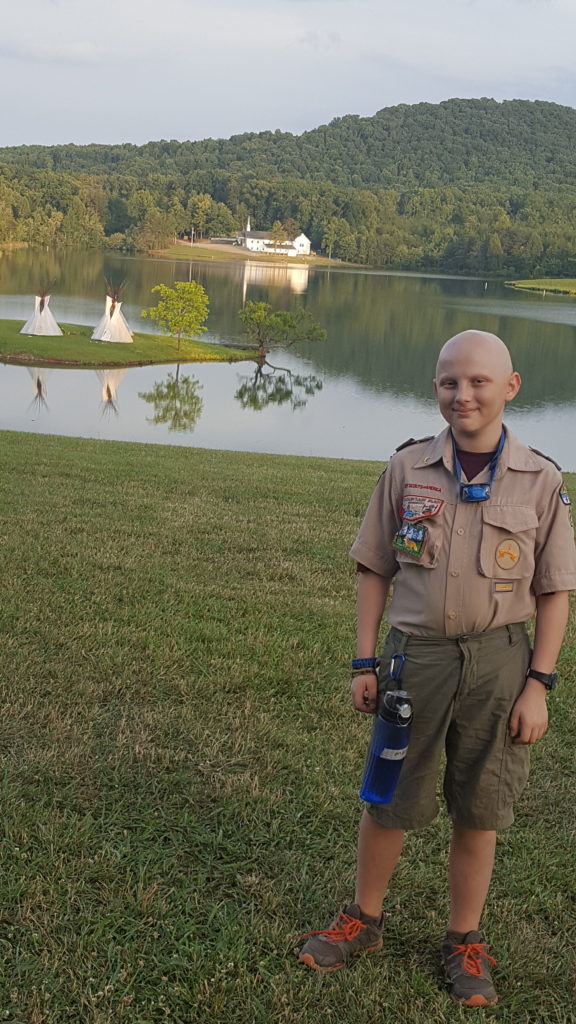 Evan Mario Macrone was 11 years old when he was diagnosed with childhood cancer, in August 2015. First, Evan noticed a small lump in his groin while playing with his little brother, Gavin. A biopsy revealed the worst-case scenario: a soft tissue sarcoma. So instead of starting middle school, Evan started an intensive treatment regime involving 17 rounds of chemotherapy, 6 weeks of radiation, and surgery.
Evan Mario Macrone was 11 years old when he was diagnosed with childhood cancer, in August 2015. First, Evan noticed a small lump in his groin while playing with his little brother, Gavin. A biopsy revealed the worst-case scenario: a soft tissue sarcoma. So instead of starting middle school, Evan started an intensive treatment regime involving 17 rounds of chemotherapy, 6 weeks of radiation, and surgery.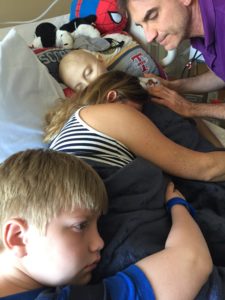 On March 15, 2017, Evan passed away while traveling to California with the Make a Wish foundation to visit his best friend and see the famous sights of Los Angeles. Unable to make the trip home, Evan was surrounded by his family, including his two beloved brothers Mike and Gavin, and his best friend. He was laid to rest near his family home in Florida.
On March 15, 2017, Evan passed away while traveling to California with the Make a Wish foundation to visit his best friend and see the famous sights of Los Angeles. Unable to make the trip home, Evan was surrounded by his family, including his two beloved brothers Mike and Gavin, and his best friend. He was laid to rest near his family home in Florida.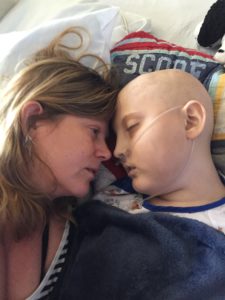 “Evan touched lives in so many ways, more than I could have known. More important, Evan was a kind, gentle, loving, joyful, and giving person. He made sure others in his class understood concepts and went out of his way to assist them and reach out to those he saw may be having difficulty. He gave of himself to his friends and scouts selflessly.
“Evan touched lives in so many ways, more than I could have known. More important, Evan was a kind, gentle, loving, joyful, and giving person. He made sure others in his class understood concepts and went out of his way to assist them and reach out to those he saw may be having difficulty. He gave of himself to his friends and scouts selflessly.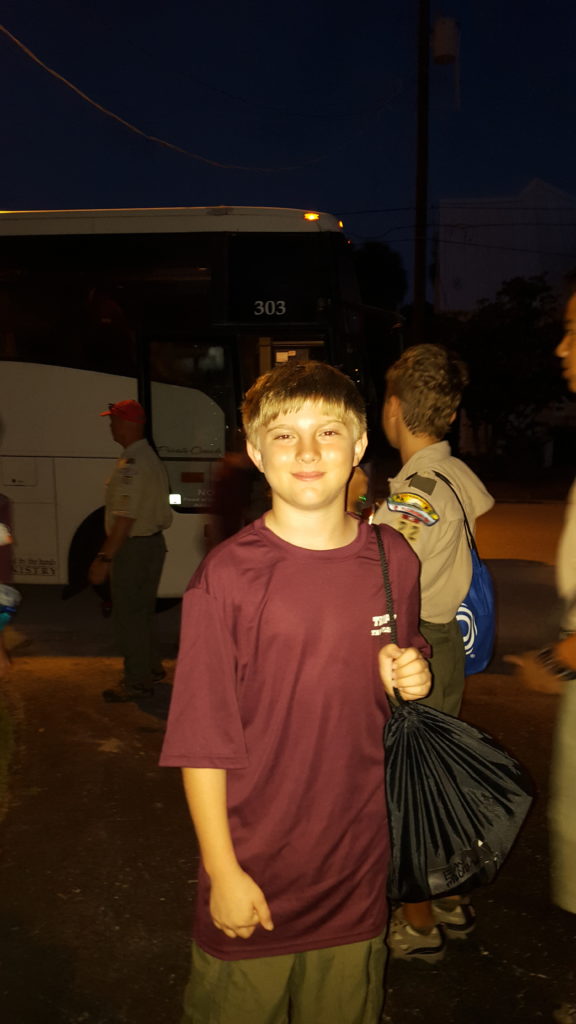 Throughout Life I have learned
Throughout Life I have learned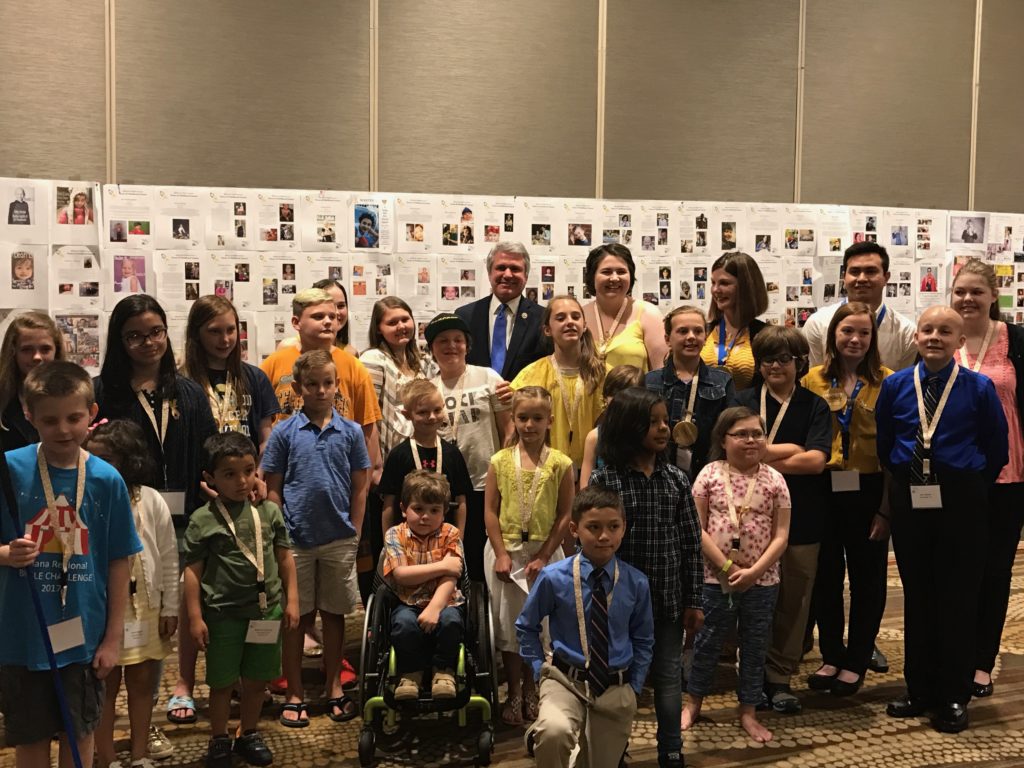 Thank you
Thank you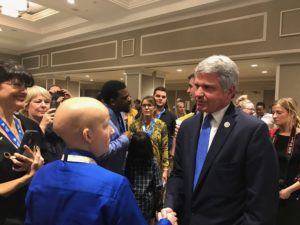 Finally, we would like to thank:
Finally, we would like to thank: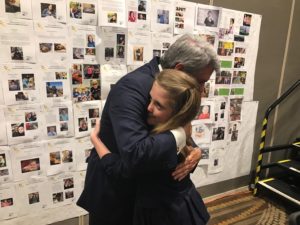 The goal of the 2017 Childhood Cancer Action Days was to give members of the childhood cancer community, including parents, children with cancer, survivors, healthcare professionals and advocacy groups the opportunity to learn and implement effective advocacy approaches specifically relating to childhood cancer. This two-day event started with a day of formal advocacy training where participants learned critical “tips of the trade” from experienced advocacy experts within the childhood cancer community. On Tuesday, after an inspirational breakfast meeting, participants were off to “The Hill” to meet with their Members of Congress and staff in person to share their stories and show their support for childhood cancer issues currently pending before Congress.
The goal of the 2017 Childhood Cancer Action Days was to give members of the childhood cancer community, including parents, children with cancer, survivors, healthcare professionals and advocacy groups the opportunity to learn and implement effective advocacy approaches specifically relating to childhood cancer. This two-day event started with a day of formal advocacy training where participants learned critical “tips of the trade” from experienced advocacy experts within the childhood cancer community. On Tuesday, after an inspirational breakfast meeting, participants were off to “The Hill” to meet with their Members of Congress and staff in person to share their stories and show their support for childhood cancer issues currently pending before Congress.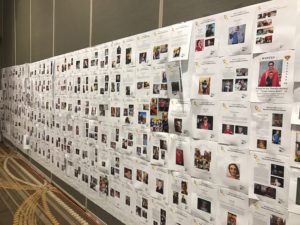 Advocacy is Ongoing: Keep the Pressure On!
Advocacy is Ongoing: Keep the Pressure On!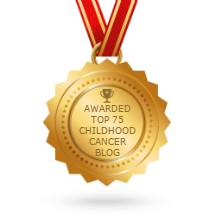
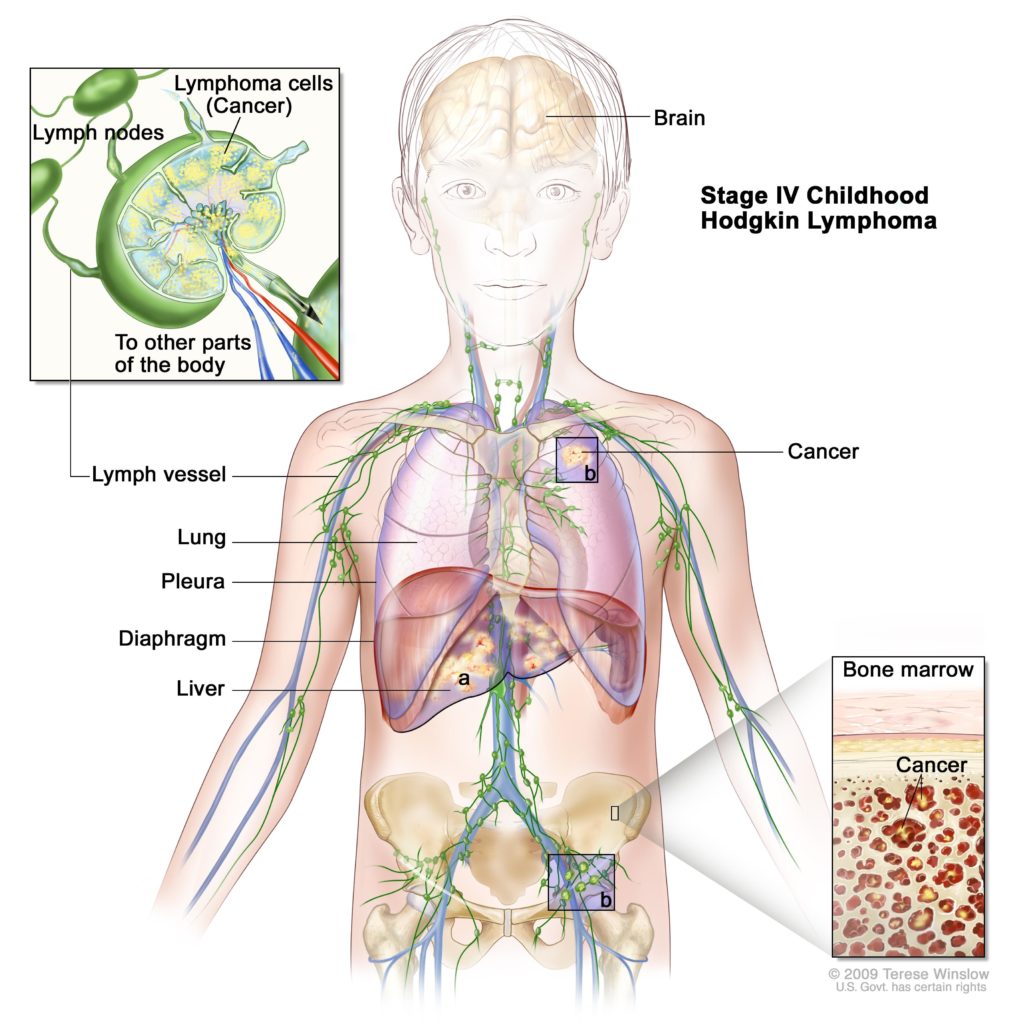
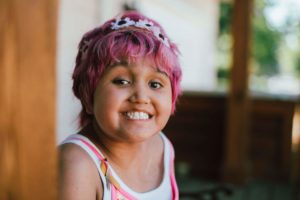
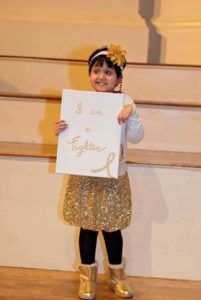
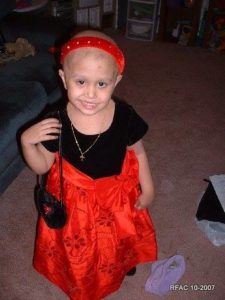 For the first year of her life, Lexy progressed just like any healthy, happy child, despite the NF1 diagnosis, crawling and starting to take her first shaky steps. But just after her first birthday, her parents noticed that she had stopped trying to walk and had started to drag her left leg as she crawled. Concern turned to alarm when Lexy began clutching her left arm tightly to her chest. A trip to the pediatrician quickly turned into an emergency MRI, the results of which were devastating. A brain tumor the size of a Granny Smith apple was pressing on Lexy’s brain, causing partial paralysis on the left side.
For the first year of her life, Lexy progressed just like any healthy, happy child, despite the NF1 diagnosis, crawling and starting to take her first shaky steps. But just after her first birthday, her parents noticed that she had stopped trying to walk and had started to drag her left leg as she crawled. Concern turned to alarm when Lexy began clutching her left arm tightly to her chest. A trip to the pediatrician quickly turned into an emergency MRI, the results of which were devastating. A brain tumor the size of a Granny Smith apple was pressing on Lexy’s brain, causing partial paralysis on the left side. Most recently, Lexy has been participating in a clinical trial in Pittsburg focused on a vaccine-based approach. The goal of this trial is to convince the body that the tumor is an infection, with the goal of training the body to use its own white blood cells to fight the tumor. Unfortunately, after more than a year in this trial, Lexy’s most recent scans show a tumor that is stable but not shrinking. The unhappy conclusion is that the tumor is likely not going to respond to this form of treatment.
Most recently, Lexy has been participating in a clinical trial in Pittsburg focused on a vaccine-based approach. The goal of this trial is to convince the body that the tumor is an infection, with the goal of training the body to use its own white blood cells to fight the tumor. Unfortunately, after more than a year in this trial, Lexy’s most recent scans show a tumor that is stable but not shrinking. The unhappy conclusion is that the tumor is likely not going to respond to this form of treatment.



 Childhood Hodgkin lymphoma, similarly to adult Hodgkin lymphoma, is a type of malignant cancer of the lymph system, which forms a critical part of the immune system our bodies use to fight disease. Specifically, Hodgkin lymphoma usually begins in lymphocytes, a type of white blood cell responsible for fighting bacteria, viruses, and other foreign invaders. Hodgkin lymphoma makes up about 6% of all childhood cancers. Today, the prognosis for children with Hodgkin lymphoma is significantly higher than even a decade ago, with the five-year survival rate between 90-95%.
Childhood Hodgkin lymphoma, similarly to adult Hodgkin lymphoma, is a type of malignant cancer of the lymph system, which forms a critical part of the immune system our bodies use to fight disease. Specifically, Hodgkin lymphoma usually begins in lymphocytes, a type of white blood cell responsible for fighting bacteria, viruses, and other foreign invaders. Hodgkin lymphoma makes up about 6% of all childhood cancers. Today, the prognosis for children with Hodgkin lymphoma is significantly higher than even a decade ago, with the five-year survival rate between 90-95%. Lyon, France, 11 April 2017 – An international study coordinated by the
Lyon, France, 11 April 2017 – An international study coordinated by the